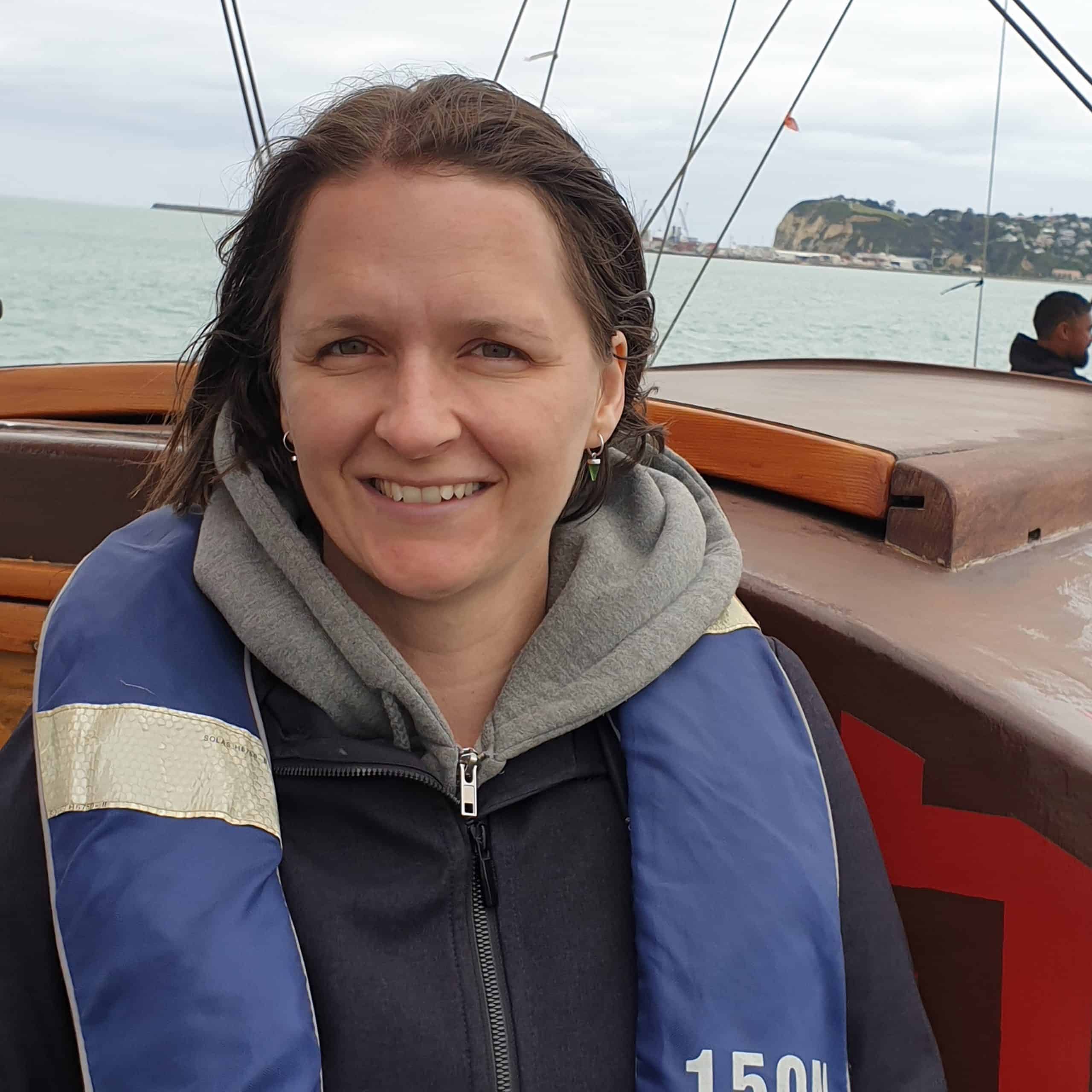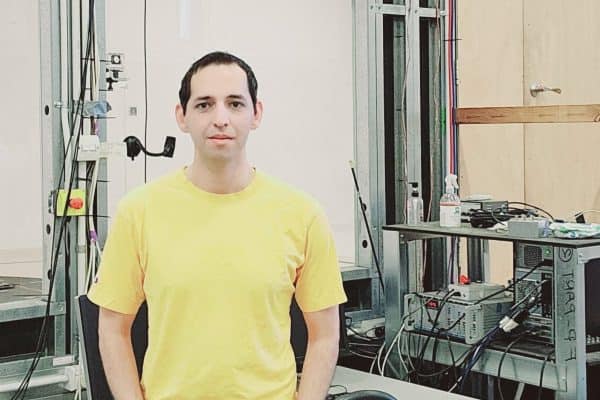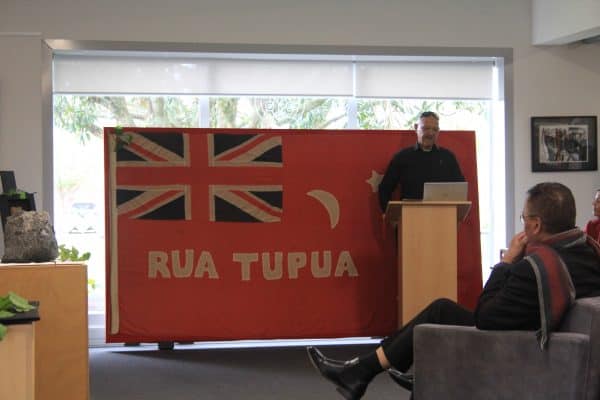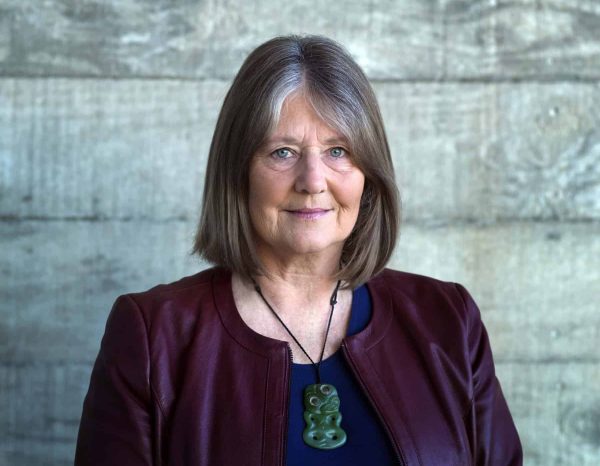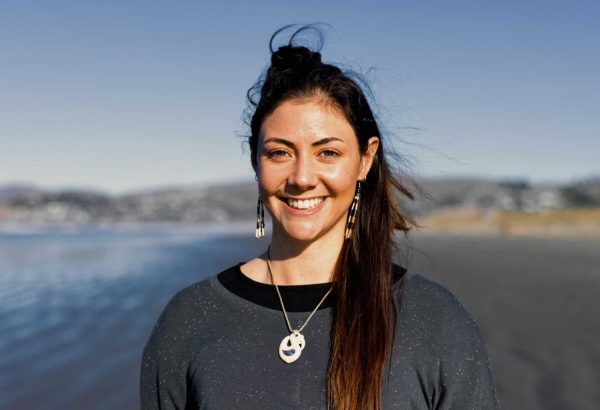Q. Tēnā koe Shari. Can you tell us a bit about your iwi and hapū connections?
I whakapapa to Ngāti Maru (Hauraki) through my dad and Te Rarawa in Northland through my mum. I also have Danish and English ancestry. Since I moved back to Aotearoa New Zealand in 2018 I have connected with my iwi and it has been really awesome learning about where I come from, and figuring out my place in the world and as a Māoriscientist. It has been really rewarding sharing this journey with my supportive husband and our kids have been part of it too, and it makes me feel good knowing they won’t have to search like I did.
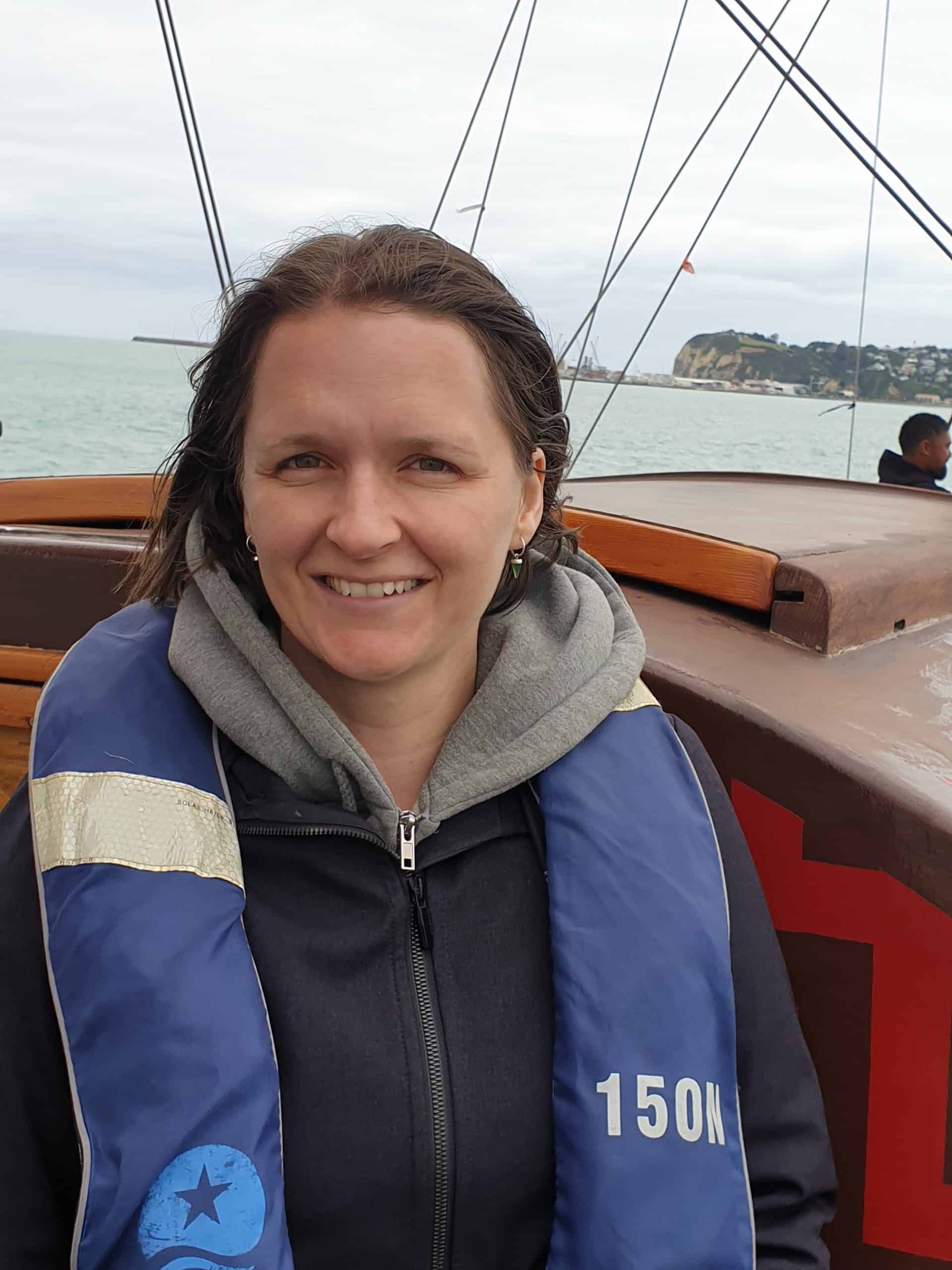
Q. How did you get into coastal science? Were you always fascinated by the sea?
I grew up in Kawerau and Manawahe in the Bay of Plenty, and had a very outdoorsy childhood. I was always drawn to water – rivers, lakes, and the ocean. As a child some of my best memories are at the beach with my grandparents and having whānau-days at Lake Rotoma. At school I got into science and really enjoyed it so I started a science degree at the University of Waikato. I really enjoyed marine science then surprised myself by enjoying it so much that I wanted to carry on studying with a Masters degree and later a PhD. It wasn’t a career path I thought I would take!
Q. What did you focus on for your PhD research?
I was lucky to do my PhD in Perth at the University of Western Australian with Professor Charitha Pattiaratchi. I focused on how coastal reefs affect beach stability, erosion and recovery at a range of scales, including storm events through to decades. Many coastal engineering structures attempt to mimic the coastal protection that can be offered by natural features such as reefs. One of the interesting things we found was that sometimes reefs can actually increase beach erosion, rather than reducing it, such as when they constrain current jets between the shoreline and the reef that can quickly move sand eroded from the beach along the shore.
Q. Congratulations on your recent appointment to co-leader of the Resilience Challenge Coastal programme. You’re also very involved in the programme’s Coastal Flooding project. Could you briefly summarise the objectives of the programme for us?
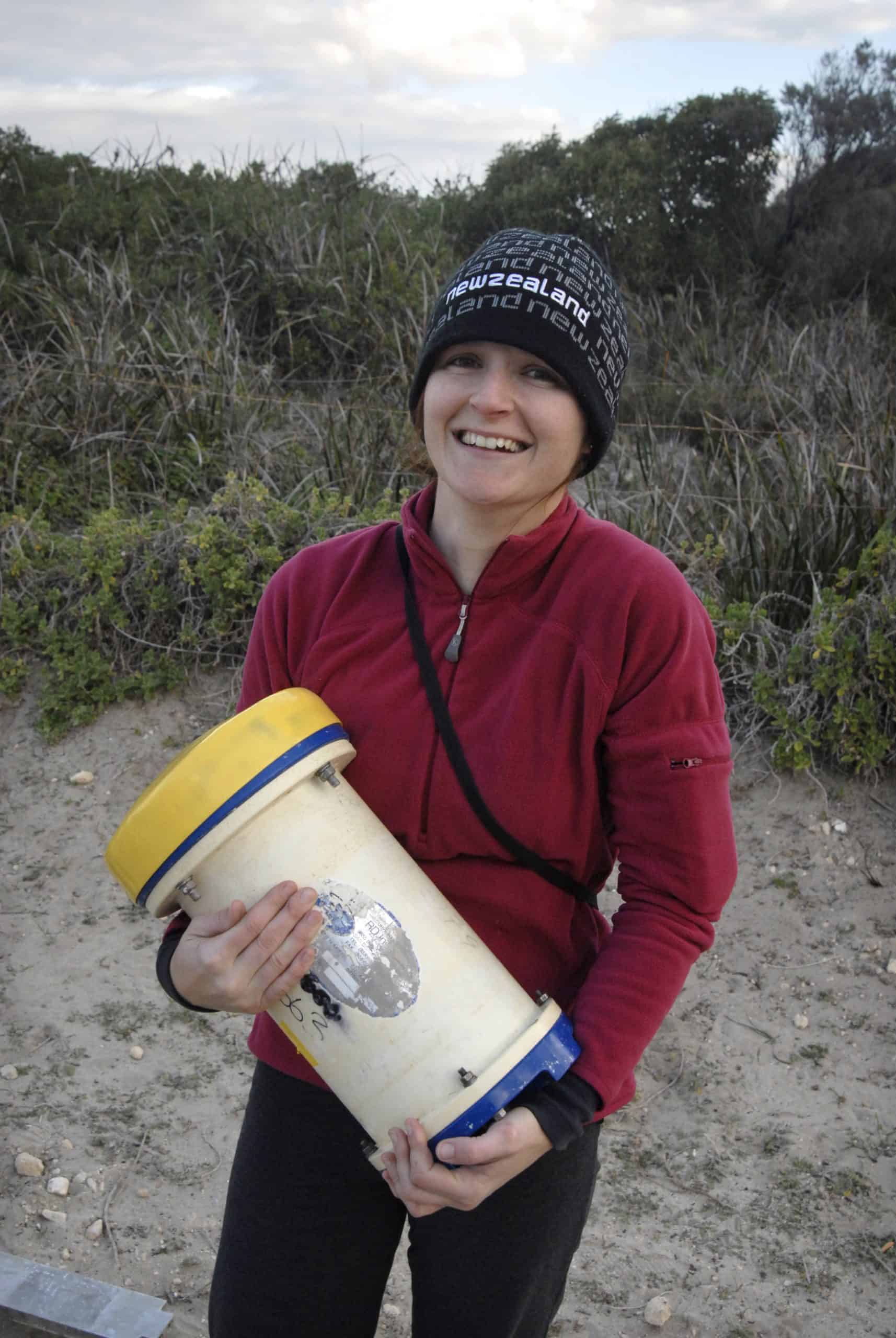
Thank you! I am grateful for this opportunity to step up into this leadership role and work with our amazing team. In the Coastal programme we are looking to solve coastal hazard questions that communities around Aotearoa New Zealand are facing. We have three main projects (pillars): Pillar One focuses on developing a national framework to consistently assess the changes to the coastline around Aotearoa New Zealand which will help make better predictions for the future. Pillar Two is about improving our understanding of coastal flooding, including developing better ways to predict flooding in our estuaries and accounting for human actions, and how to predict risk when you have many different coastal hazards coming together. Pillar Three is around coastal adaptation, including developing new tools to assist decision-making that accounts for uncertainties, and is sustainable.
Q. You’re based at the University of Waikato’s Tauranga campus, focused on researching coastal dynamics, hazards and estuaries. Why is understanding estuaries so critical in building resilience to climate change?
Estuaries are relatively shallow bodies of water found where rivers meets the sea, and occur on coasts all around the world. There are more than 300 in Aotearoa New Zealand including around our major cities such as Auckland and Christchurch. They are hugely important for many reasons, including because they provide unique ecosystems that provide us with resources such as food. In terms of our climate, estuaries and their wetlands are hugely important for capturing carbon from the atmosphere (‘blue carbon’) particularly mangroves, saltmarsh and seagrass that are found in estuaries. Estuaries also play an important role in aquaculture industry to feed our expanding population.
Q. In 2020 you were awarded the L’Oréal-UNESCO Women in Science fellowship for New Zealand. What does this recognition mean to you?
This fellowship was a great opportunity to share my research with a wide audience, and enable a conversation about climate change; particularly about the importance of our coastal and marine environments and how we all have responsibility to take care of it. Personally, it has also been an exciting journey working with L’Oréal and building my networks and capability in science communication.
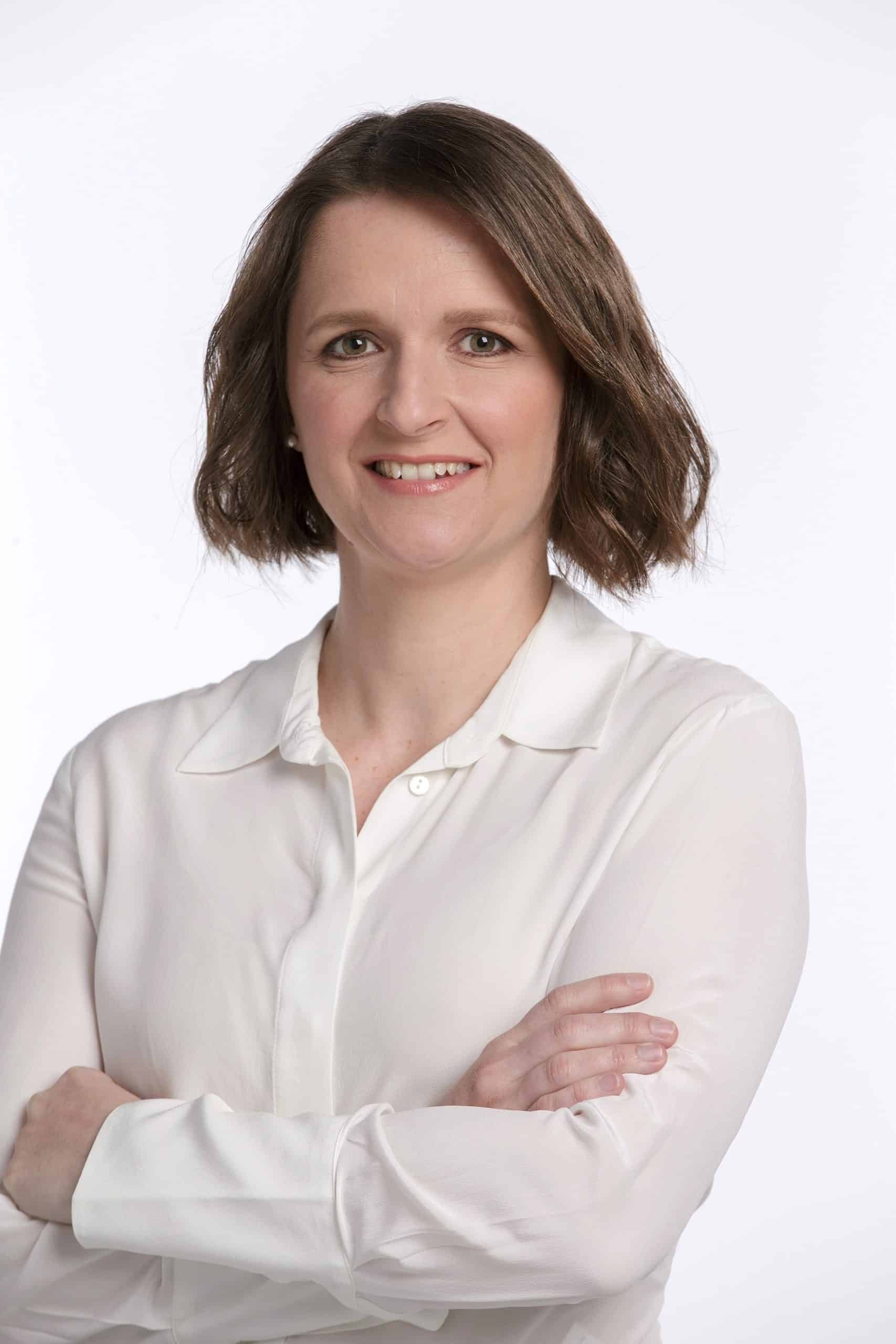
Q. What are your aspirations as an emerging Māori researcher in the coastal science space?
It is a really exciting time to be learning how to work in this space, I think we are currently in a big shift in bridging western science with Te Ao Māori (Māori world view). My training has been largely as a western scientist and I am really enjoying connecting to my whakapapa, and being in spaces where I can grow in my mātauranga Māori. I am newly on the steering committee of Te Ahu o Rehua: A Network for Cross Cultural Ocean Knowledge and have found this network invaluable to learn how to be Māori in science, and also a space to contribute to helping smooth the path for students and build my capacity to support the next generation of scientists.
